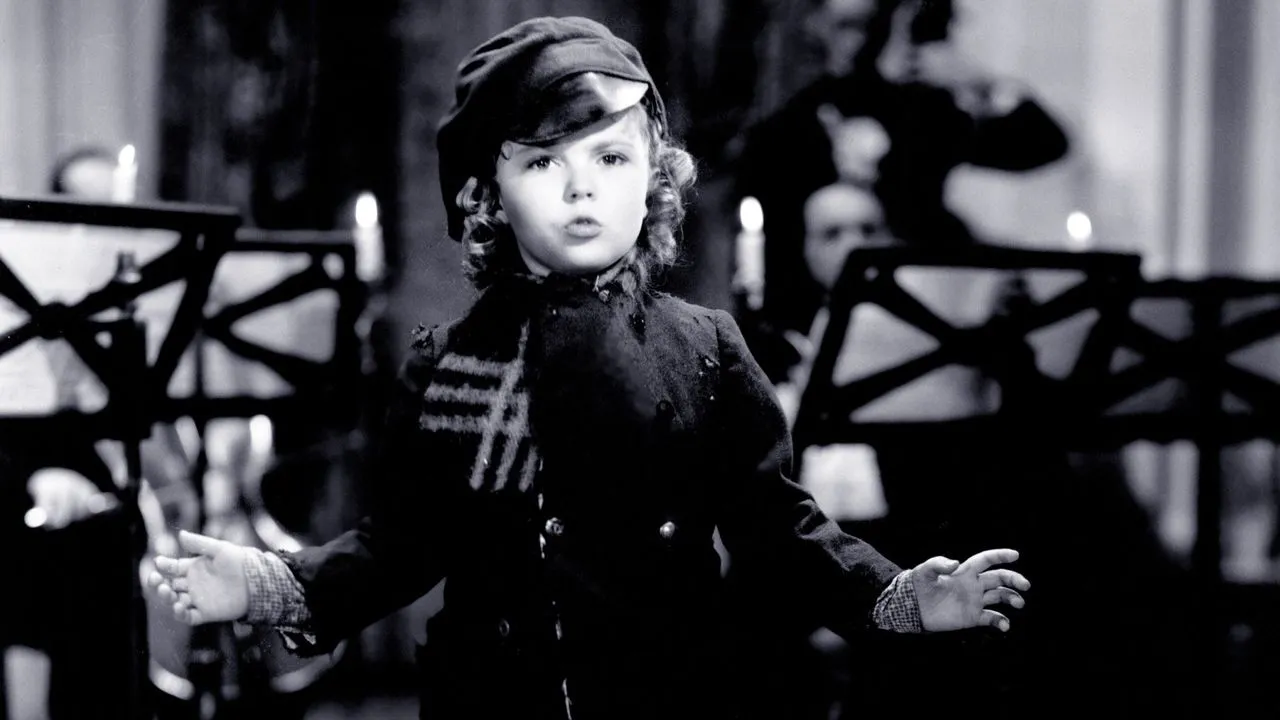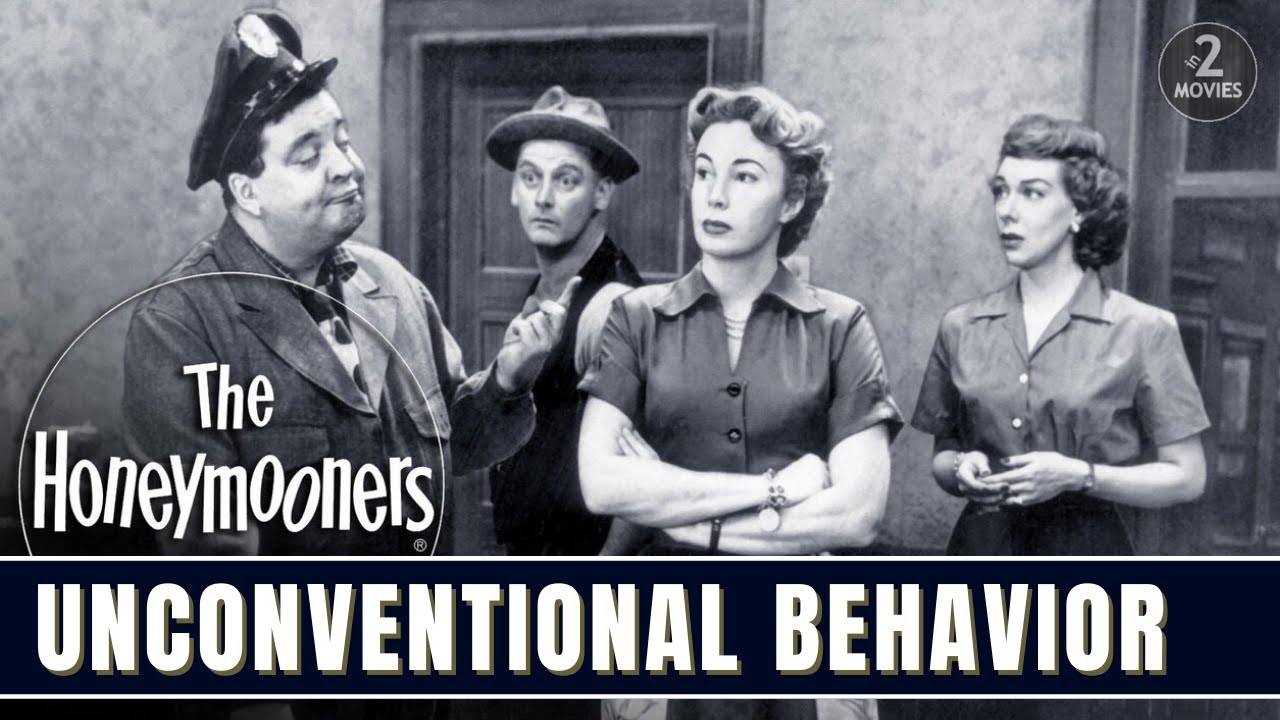Elvis Presley, the King of Rock 'n' Roll, is celebrated not only for his revolutionary music and charismatic stage presence but also for his iconic hairstyle. Elvis' distinctive coiffure, a modernized pompadour, became a symbol of rebellion, youth, and timeless style. However, this signature look did not materialize in a vacuum; it was influenced and inspired by a rich tapestry of cultural, historical, and personal factors. In this extensive 3,000-word article, we will delve into the influences and inspirations that shaped Elvis Presley's unforgettable hairstyle.
![]()
The Birth of Rock 'n' Roll and Rebellion
![]()
The 1950s were a transformative era in the United States, marked by the emergence of rock 'n' roll music and the rise of youth culture. Elvis Presley, a young truck driver from Tupelo, Mississippi, was at the forefront of this cultural revolution. His music and image challenged the norms of the time, and his hairstyle was a critical component of this rebellion.
The greaser subculture, which emerged in the 1950s, heavily influenced Elvis' hairstyle. Greasers were known for their slicked-back hair, leather jackets, and rebellious attitude. Elvis adopted the high, swept-back pompadour, adding his own twist of style and charisma.
![]()
Elvis was an ardent admirer of Hollywood film stars like Tony Curtis and Marlon Brando. These actors epitomized the blend of rugged masculinity and refined charm that Elvis sought to emulate. Their perfectly coiffed hair and confident demeanor became sources of inspiration for the young rock 'n' roll sensation.
The Cultural and Musical Mosaic
![]()
Elvis Presley's hairstyle was a reflection of the diverse musical influences that shaped his career. His music was a fusion of various genres, including country, rhythm and blues, gospel, and rockabilly. This eclectic mix of sounds played a role in the evolution of his hairstyle.
Growing up in the church, Elvis was deeply influenced by gospel music. Gospel choirs often featured well-dressed and groomed performers, and Elvis adopted this sense of style as he began to experiment with his hair.
![]()
Elvis was an avid fan of rhythm and blues (R&B) artists, including Little Richard and Big Mama Thornton. The R&B scene was known for its vibrant and bold style, which influenced Elvis's choice of hairstyle as he transitioned from country music to rock 'n' roll.
Elvis's country roots were never forgotten. Even as he ventured into the world of rock 'n' roll, he retained elements of the country gentleman in his hairstyle, striking a balance between rugged and polished.
The Evolution of Elvis' Hairstyle
![]()
Elvis' signature hairstyle did not remain stagnant throughout his career; it evolved in tandem with his music, changing times, and personal growth. This section will explore the different phases of his hairstyle.
In his early years as a music sensation, Elvis sported a more modest version of the pompadour. His hair was shorter and tidier, featuring the classic quiff. This style was seen in his early television appearances and established the foundations of his iconic look.
![]()
As Elvis ventured into acting, his hairstyle underwent refinement. It became more tailored, reflecting the polished appearance of Hollywood stars. This period marked a transition from the raw, rebellious style of his youth to a more sophisticated and versatile look.
Elvis's comeback in the late 1960s introduced yet another evolution of his signature hairstyle. His hair grew longer, and he occasionally sported sideburns. This more mature and polished look resonated with a new generation of fans while still honoring his roots.
![]()
The 1970s marked the zenith of Elvis's career, and his hairstyle underwent significant changes. His hair grew longer, becoming voluminous and often cascading onto his shoulders. This period represents the final stage of the iconic Elvis hairstyle.
The Art of Elvis' Hair Care
![]()
Elvis Presley's iconic hairstyle was not a result of happenstance. It required meticulous care and attention. In this section, we will delve into the details of Elvis's hair care routine.
Elvis primarily relied on pomade, a hair styling product, to achieve his signature look. Pomade provided the hold and sheen necessary for creating the high, slicked-back quiff. He also used a fine-toothed comb to meticulously shape his hair.
![]()
Elvis visited his barber regularly to maintain the shape and length of his hair. Keeping the hair in top condition was essential to achieve the glossy, slicked-back effect. This dedication to grooming played a crucial role in the longevity of his signature hairstyle.
Elvis adhered to a strict daily hair care routine. This involved washing and conditioning his hair, followed by the precise application of pomade. He meticulously combed his hair into the desired shape, ensuring that every strand was in place and maintained throughout the day.
Cultural Impact
![]()
Elvis Presley's signature hairstyle was more than just a personal choice; it was a symbol of rebellion and style that left a profound impact on American culture and fashion.
Elvis's hairstyle became synonymous with the birth of rock 'n' roll. Other musicians of the era, such as Buddy Holly and Little Richard, adopted variations of the pompadour, further cementing it as a symbol of the rock 'n' roll movement.
![]()
Elvis's hairstyle had a profound influence on men's fashion in the 1950s and beyond. It contributed to the resurgence of tailored and polished styles, contrasting with the more casual and disheveled looks of previous decades. The influence of the pompadour extended beyond hair; it permeated the way men dressed and presented themselves.
Elvis Presley's signature hairstyle continues to inspire artists, actors, and fashion designers today. It is a symbol of timeless coolness, a look that encapsulates the spirit of rock 'n' roll, and an enduring tribute to the King of Rock 'n' Roll.
Elvis in Pop Culture
![]()
Elvis Presley's influence on pop culture extended far beyond his hairstyle. In this section, we will explore the various ways in which Elvis made his mark and how his hairstyle played a role in his cultural impact.
The image of Elvis, with his perfectly coiffed hair and flashy stage outfits, is etched into the collective memory of pop culture. It has been replicated and parodied countless times in movies, television, and music videos.
![]()
One of the most enduring tributes to Elvis is the phenomenon of Elvis impersonators. These entertainers meticulously recreate Elvis's look, right down to his signature hairstyle, paying homage to the King's timeless style.
Elvis's impact on the entertainment industry is undeniable. His hairstyle has been portrayed in numerous films and television series about his life, solidifying its status as an iconic symbol of the era.
Conclusion
![]()
Elvis Presley's iconic hairstyle was a product of its time, influenced by a dynamic fusion of cultural, historical, and personal factors. It represented the spirit of rebellion and style that defined the emergence of rock 'n' roll in the 1950s. From his early years to his Hollywood transformation, and from his late '60s comeback to his '70s icon status, Elvis's hairstyle evolved in parallel with his music and personal journey.



